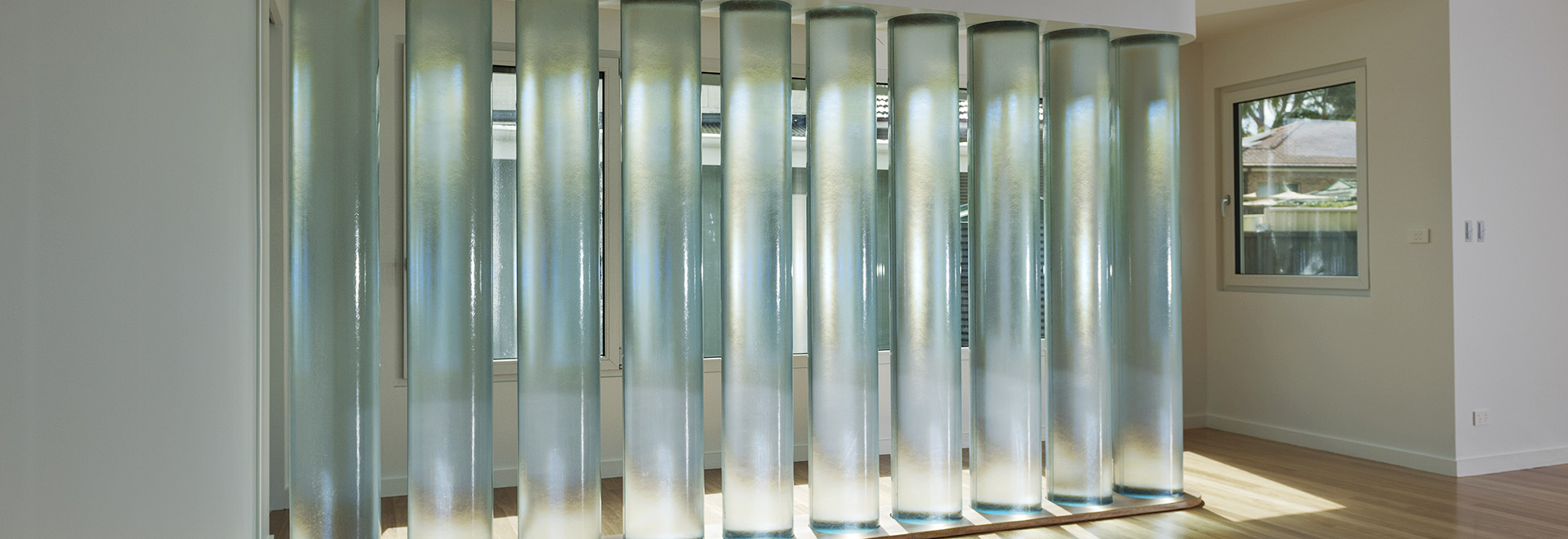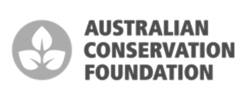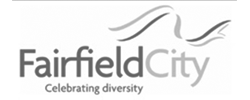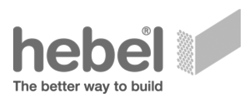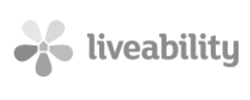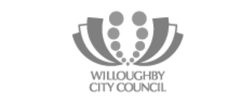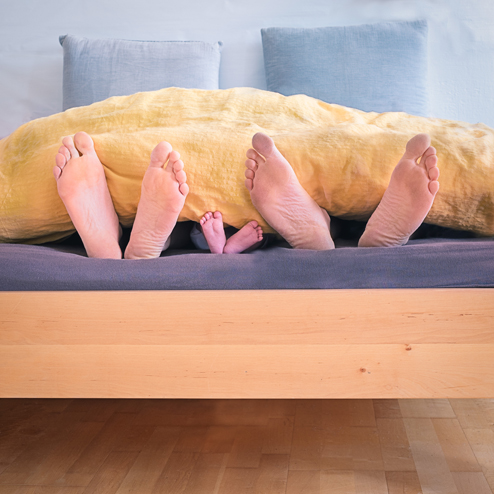
Passivhaus
Passivhaus is a building standard that delivers healthy, comfortable buildings that are also energy efficient.
It delivers very high levels of indoor air quality, stable temperatures and a peaceful environment.
The standard requires the shell, or thermal envelope, of the building to provide adequate protection from the elements to ensure both occupants and building remain healthy over time.
The rigorous design process and quality assurance during construction ensure that passivhaus buildings perform as designed; comfortable, quiet and efficient.
A certified passivhaus is an unrivalled mark of quality.
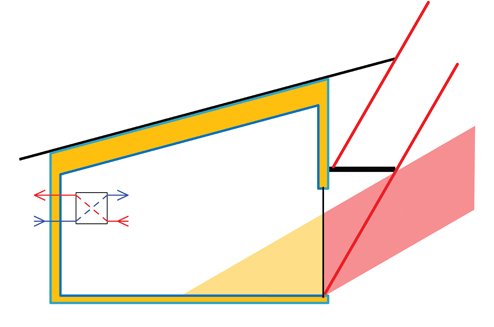
Passivhaus shares many similarities with Passive Solar Design. If you want to understand the differences, see our Passive Solar Design vs Passive House 101 explainer.
Passivhaus defines indoor comfort as being 20-25ºC with no more than 10% of the year exceeding 25ºC. It also includes limits on humidity. A Passivhaus building will consume no more than 15kWh/m2/year for heating (and cooling if installed).
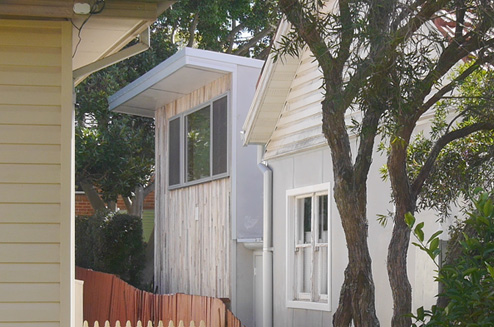
The principles that underpin every Passivhaus building regardless of size, type or location are:
- Solar control
- Appropriate insulation
- Airtightness
- High performance windows
- Balanced ventilation with heat recovery
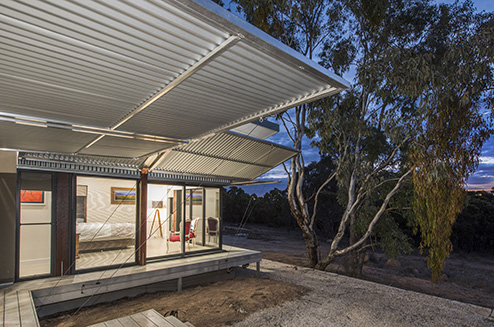
- Solar Control
A Passivhaus carefully regulates the amount of direct sun entering the building. Appropriate orientation and shading devices ensure that enough winter sun is admitted for warmth while avoiding overheating in summer.
- Appropriate insulation
The design process for a Passivhaus ensures that the appropriate levels of insulation are provided. This guarantees thermal comfort but also optimises the cost of the build; genuine value engineering.
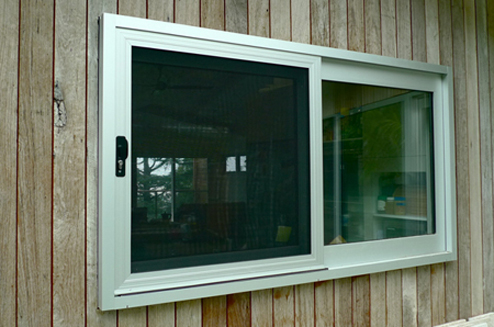
- Airtightness
Airtightness is critical to Passivhaus performance. By achieving the low infiltration rates of 0.6 air changes per hour (measured at 50Pascals) the air within the building is carefully controlled. Low air leakage prevents unwanted heat transfer, increases the predictability of building performance and allows all building elements to be reliably optimised.
- High Performance Windows
Great windows are crucial in a Passivhaus building. They are a key element in controlling heat flow into and out of the building. They need to be air tight and have good insulation values (measured as U values for windows, lower numbers are better). In Australia these will need to be double glazed, in some colder climates triple glazing may be necessary. Generally, the better quality glazing also improves the acoustic performance of the windows too.
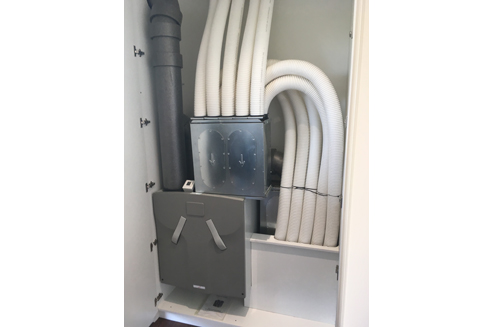
- Balanced ventilation with heat recovery
An airtight building needs a reliable source of fresh air for both human comfort and building longevity. While you can still open doors and windows the Heat Recovery Ventilation (HRV) system will continually deliver 35m3/hour of fresh air person regardless of outdoor weather conditions. A Passivhaus HRV has an efficiency of at least 85% and uses very little electricity to run; in UK social housing it is a mandatory lease requirement that the units are not turned off as the fresh air is so important and the energy use so negligible.
This 90 second video gives a great explanation of Passivhaus. Note the cold climate focus and bear in mind how the same principles work just as well in warmer places.
We made our own video as part of the global #explainpassivhaus competition in 2021; we won!
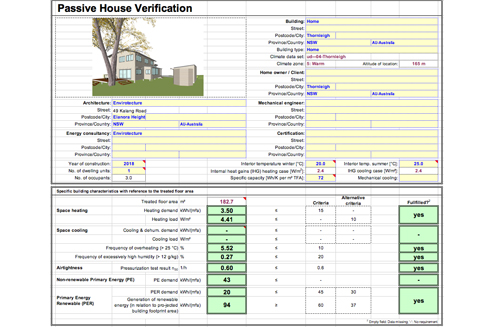
Process
The design process for a Passivhaus requires that the building be modelled in the Passive House Planning Package (PHPP). This software is the most accurate in the world in terms of predicted performance measured against real world performance.
A great design tool, Envirotecture use the PHPP to optimise the building finding efficiencies with each iteration.
Envirotecture directors Andy Marlow and Talina Edwards, and designers Judd Barton, Mia Radic, Shaily Shah are all Certified Passive House Designers.

Costs
Most people assume that a certified Passive House will cost more. That does not have to be the case. Our in depth analysis of our first passivhaus project shows that with careful design and thoughtful decision-making that certified Passive House projects can be cost comparable.
You can read the full report, Passivhaus: What’s it worth? here.
We’ll be continuing to find further efficiencies over the coming years as we optimise and drive costs down to make awesome buildings accessible to more people.
The presentation of the report by director Andy Marlow can be found here including a Q&A session
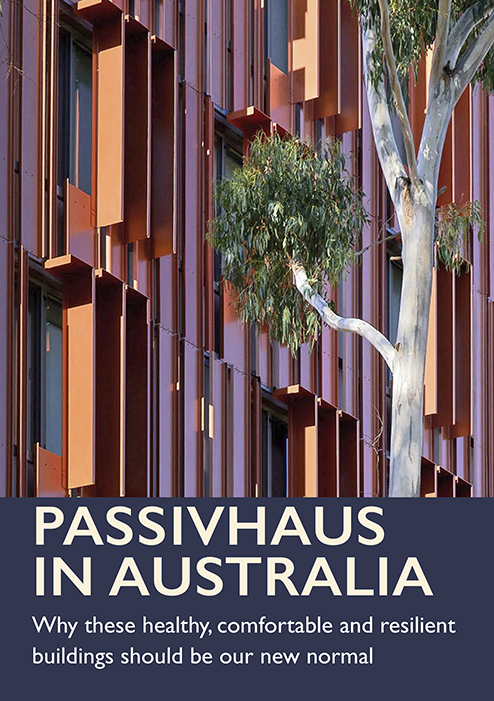
Tried and tested
There are over 40,000 Passivhaus buildings in the world across all climate zones. They consistently deliver high levels of comfort and low energy use.
If you’d like to know more about passivhaus, download this free book. It showcases the early adopters in Australia, explains the why, how and what of passivhaus and looks great too.
As part of Envirotecture director, Andy Marlow’s role on the Board of the Australian Passive House Association he led the production of book drawing inspiration from the New Zealand book, Passive House in New Zealand by friend and colleague, Jason Quinn.
Contact us to find out how a Passive House building can work for you, now, and into the future.

